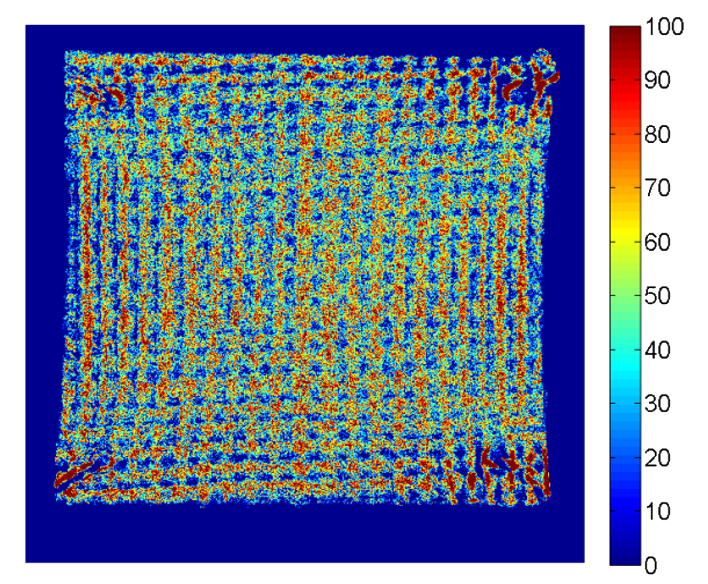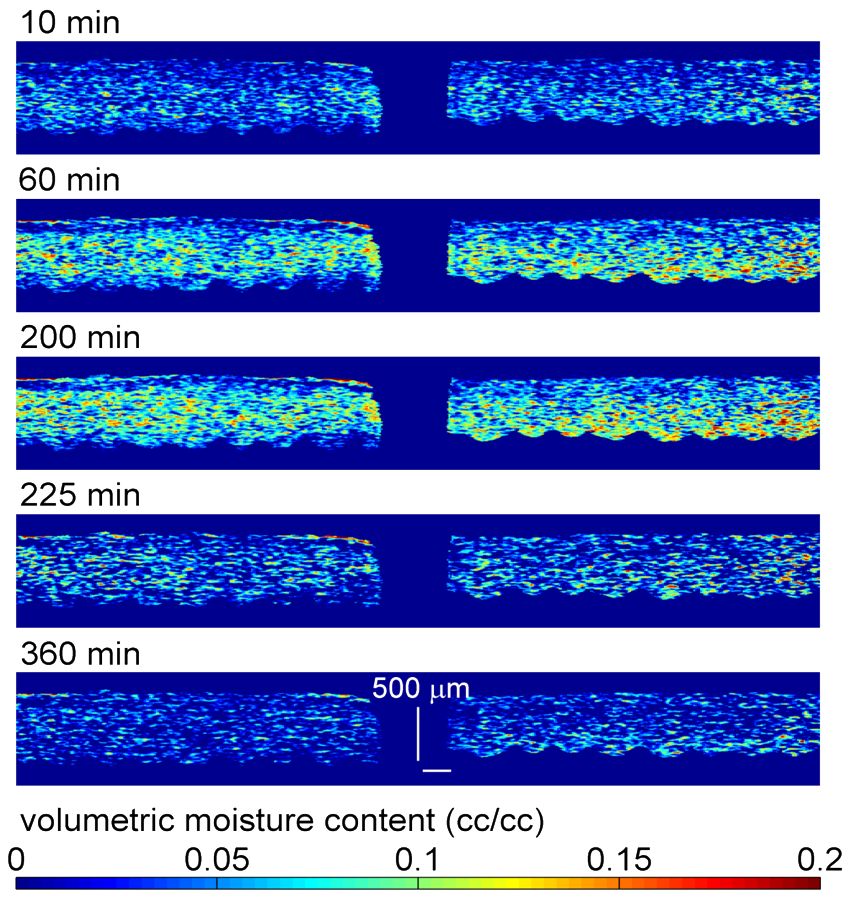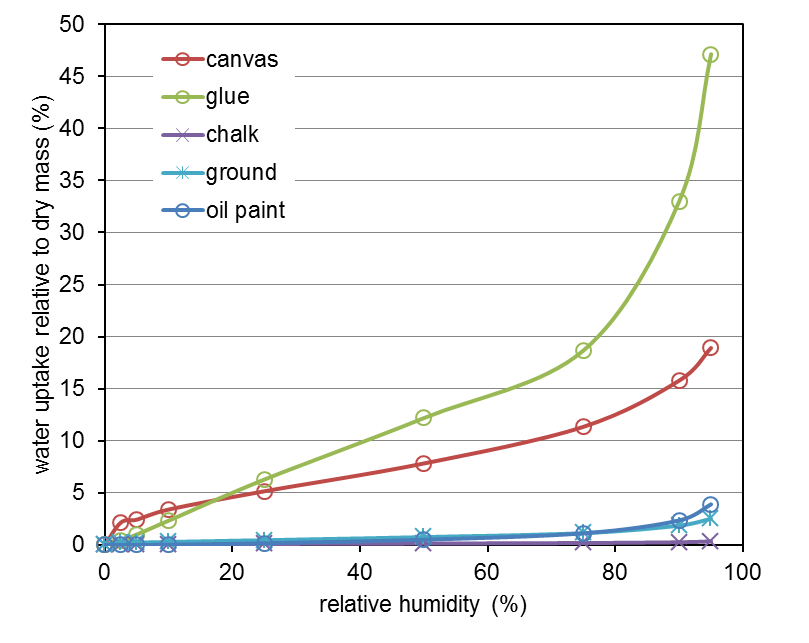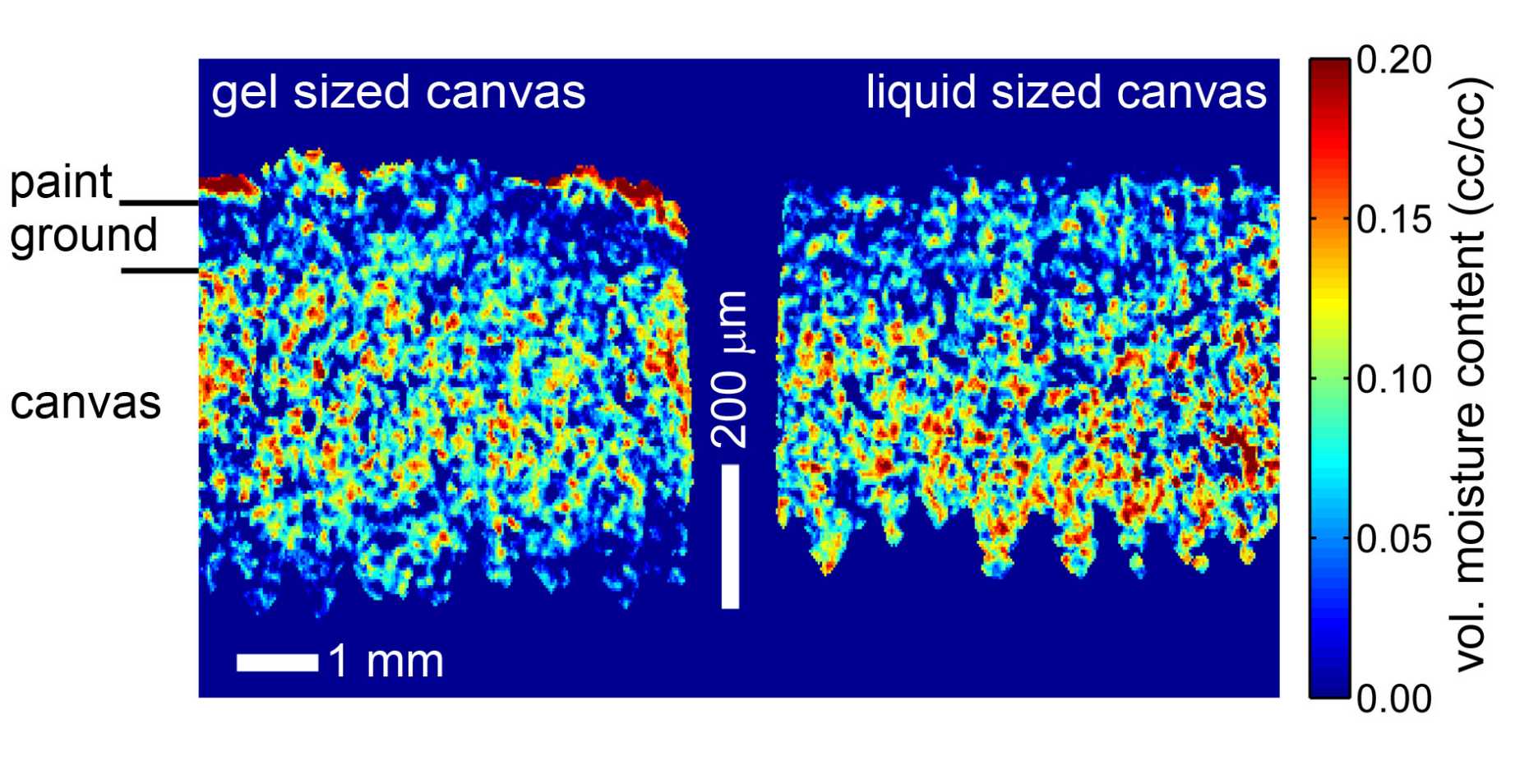Hygrothermal and durability behavior of heritage artefacts
A nice array of applications are investigated.
Oil-painted linen canvas
Moisture is a driving factor in the long-term deterioration of canvas paintings, either mechanical or physico-chemical. Hygroscopic uptake and the related hygro-mechanical deformation of linen canvas, oil paint, animal glue and ground paint is documented with neutron radiography.
“Paintings on canvas are very sensitive to moisture: fluctuations in the surrounding environment, the use of water or vapour in conservation treatments, contact with liquid water due to hazards or condensation on the surface can lead to irreversible damage.” The moisture response (e.g. permeability, sorption isotherms) of materials composing traditional paintings was studied.
Archeological wood
The warship Mary Rose, which was raised in 1982 after 437 years under the sea bed, gives a unique insight into Tudor life. To preserve this important shipwreck, archaeological wood from the shipwreck was sprayed with an aqueous solution of polyethylene glycol. Water sorption and desorption experiments are performed on small samples of archaeological oak wood and documented with neutron radiography.
Publications
Hendrickx R, Desmarais G, Weder M, Ferreira E S B, Derome D. Moisture uptake and permeability of canvas paintings and their components, Journal of cultural heritage, Volume 19, 1 May 2016, pp 445-453.
Hendrickx R, Ferreira E S B, Boon J J, Desmarais G, Derome D, Angelova L, Mannes D, Kaestner A, Huinink H H P , Kuijpers K C J, Voogt B, Richardson E. Distribution of moisture in reconstructed oil paintings on canvas during absorption and drying: A neutron radiography and NMR study, Studies in conservation, 11 June 2016, pp. 1-17.





